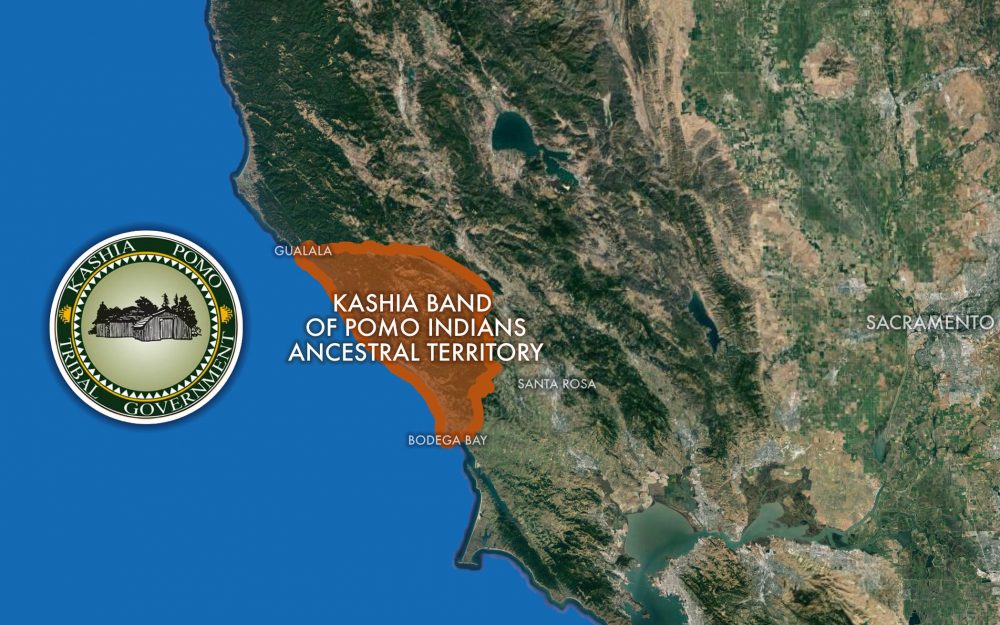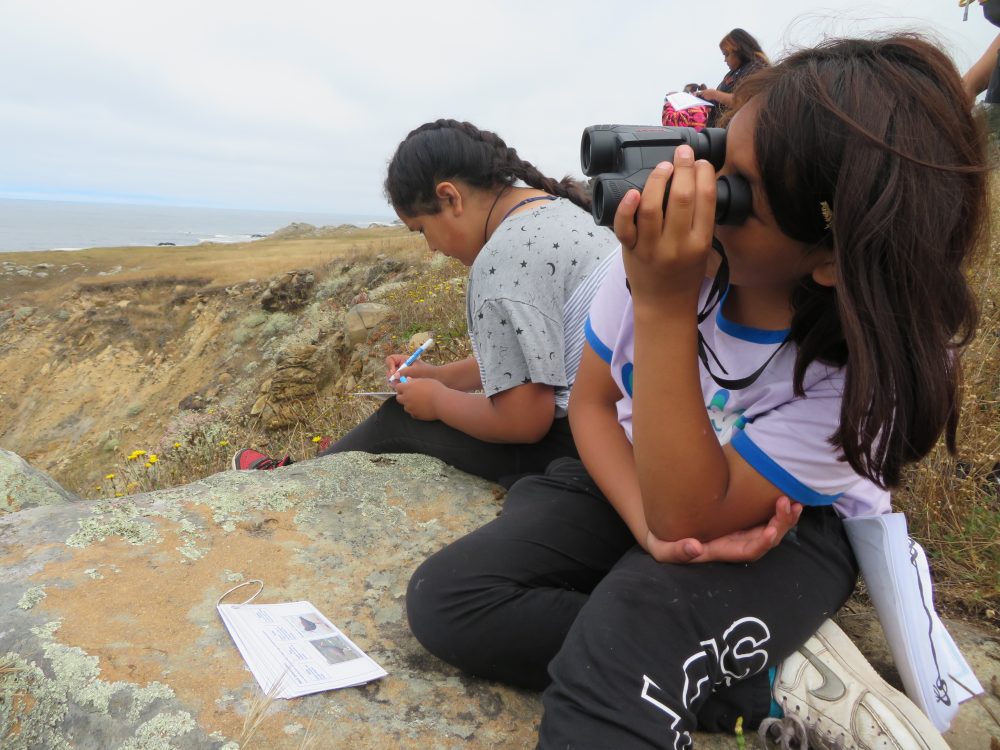Marine Biotoxin & Phytoplankton Monitoring
Environmental Stewardship
This work provides localized health data to Tribal members who gather shellfish and other marine species. Samples are collected during low tides, frozen, and sent for testing of paralytic shellfish poisoning (PSP) and domoic acid. Samples provide an early detection method for the presence of toxin-producing species.


Rocky Intertidal Monitoring & 3D Modeling
Environmental Stewardship
Collected data is used to inform marine management decisions and track changes in ecosystem health and species abundance. Tribal Intertidal Digital Ecological Surveys (TIDES) are used to image resources and create 3D habitat models that provide a visual representation of seasonal and annual community changes.
Kelp Monitoring
Environmental Stewardship
Collaborating with the Greater Farallones Association and their Kelp Restoration Program, Kashia conducts yearly kelp canopy surveys on the Kashia Coastal Reserve. GIS technology and software are used to map the area and assess species distribution and health. These efforts provide data to inform restoration and management of kelp forests along the Kashia Coastal Reserve.


Beach Watch Program
Environmental Stewardship
Obtaining long-term data on birds and marine mammals, human uses, and erosion can be used as an indicator of wildlife and ecosystem health, changes in climate, and wildlife distribution. Data is collected on bird species, marine mammals, and human-use activity on the land and the ocean. Beach profile photos are taken at various points along the survey to track landscape changes.



